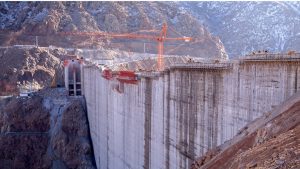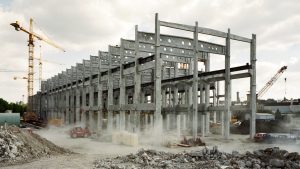Australia is enriched by its vast and complex infrastructure. Its most prominent characteristics are extensive road, rail, pipeline, and power line networks. It is a massive responsibility to build them, yet it requires more effort and a sophisticated approach to maintain them. This is where ‘Linear Asset Management’ emerges as a critical discipline in optimising the performance, safety, and longevity of these vital assets.
This article will give you a good understanding of this concept and the importance of Linear Asset Management for the Australian landscape.
This article will give you a good understanding of this concept and the importance of Linear Asset Management for the Australian landscape.
What is the Difference Between Linear and Non-Linear Assets?
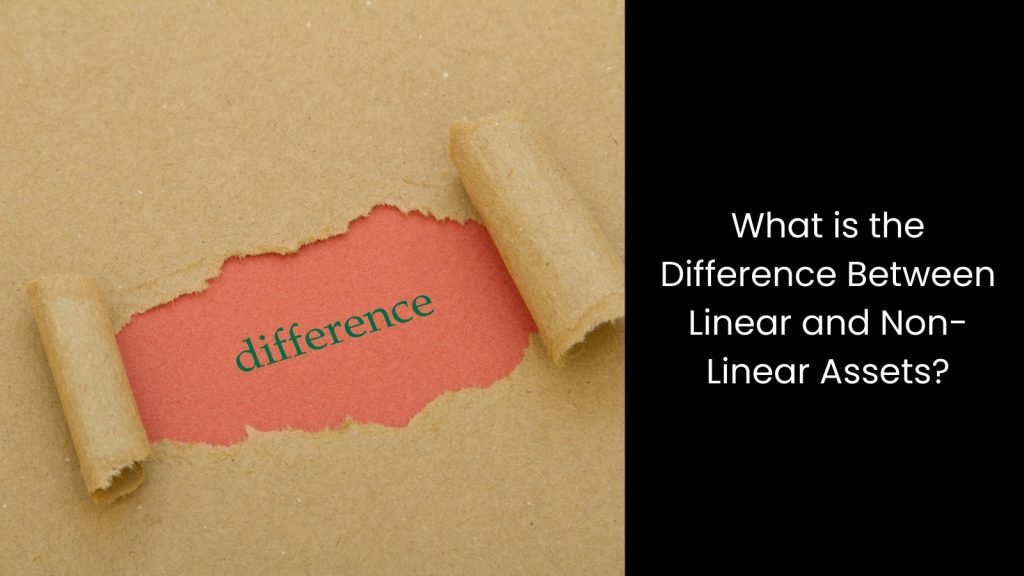
First, we need to untangle the confusion between linear and nonlinear assets.
- Well, linear and non-linear assets differ in how their attributes are managed and measured.
- For non-linear assets, you assign one attribute to the whole asset. This means the attribute applies uniformly across the entire asset without changes. However, this is a bit different from linear assets as they allow for more detailed tracking because you can assign different values to the same attribute along various sections of the asset.
- For example, with a linear asset like a pipeline, you can note varying conditions or specifications at different points along its length. You can also specify the start and end points where these changes occur. This will provide a more precise understanding of the asset’s status and performance over its entire length. This detailed tracking helps in maintaining and managing linear assets more effectively compared to non-linear ones.
What is Linear Asset Management?
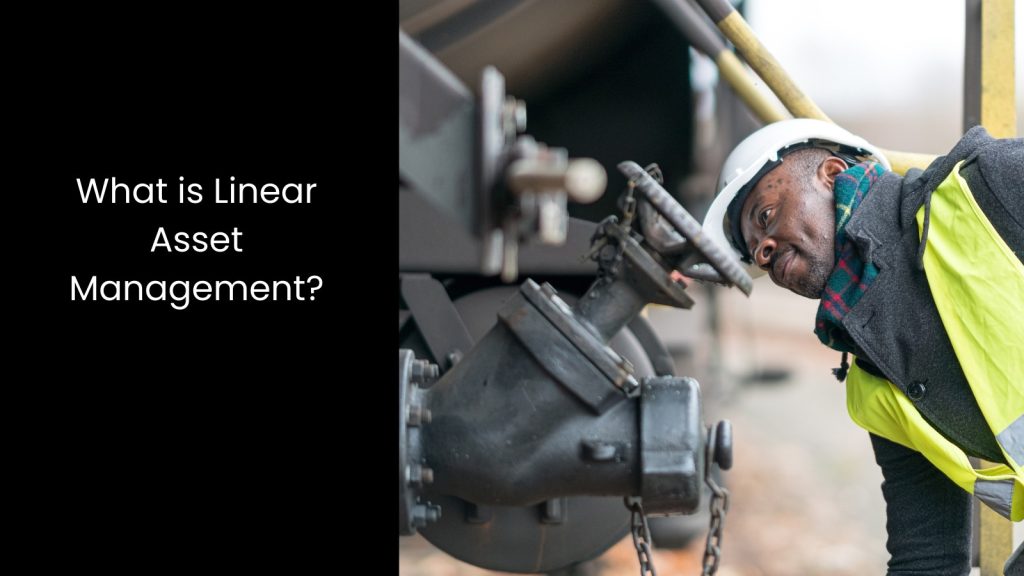
- You already know what linear assets are. Managing these assets effectively is essential for ensuring they remain safe, functional, and efficient over time.
- In Linear Asset Management, you first gather detailed information about the asset’s condition along its entire length. This means checking different sections of the asset to see how well it is performing and if it needs repairs. If you are managing a highway, you would regularly inspect various segments to identify issues like cracks, potholes, or drainage problems. You also monitor factors like traffic patterns and weather conditions that might affect the asset.
- Once you collect this data, you use it to plan and schedule maintenance and repairs. If you can identify problem areas early, you can fix them before they become major issues, which helps avoid costly emergency repairs and disruptions.
The Main Reasons Why Australia Needs Linear Asset Management
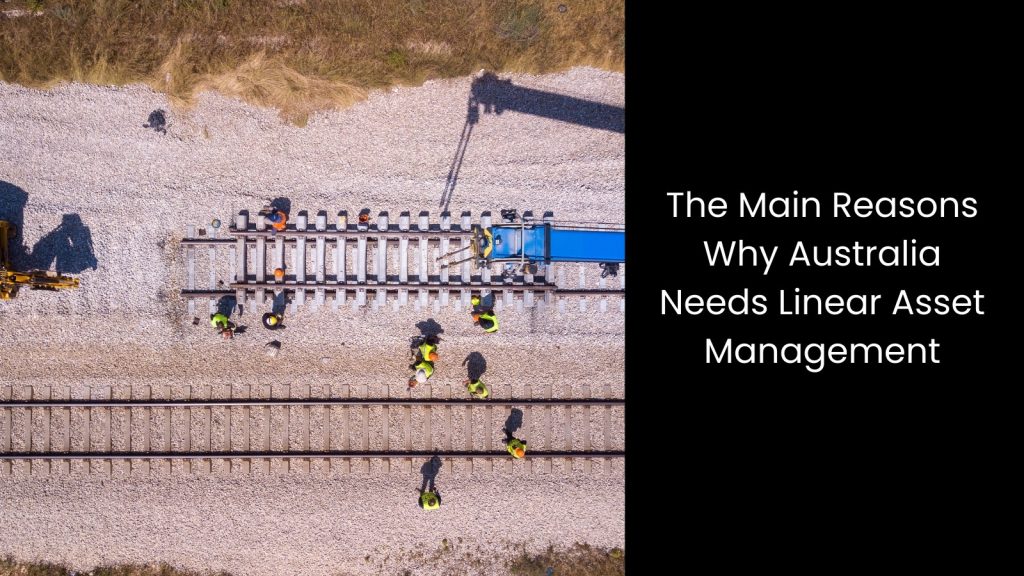
Asset Value Preservation
This is indeed a key reason why Australia needs Linear Asset Management. It is visible that it helps keep important infrastructure in good condition and maintains its value over time. Linear assets, such as roads, railways, and pipelines, cover long distances and are vital for daily life and economic activities. If it is impossible to manage these assets properly, they can quickly deteriorate. The obvious outcome would be costly repairs and a drop in their value.
When you practise effective Linear Asset Management, you continuously monitor and maintain these long stretches of infrastructure. This indicates regularly inspecting the asset for any signs of damage, wear, or other issues that could affect its performance. If you make this effort to keep the asset in good shape, you avoid unexpected breakdowns and expensive emergency repairs.
Plus, maintaining assets in good condition supports a better return on investment (ROI) for infrastructure projects. When you preserve your assets well, their operational lifespan extends, and they can deliver reliable service for a longer time. This means that the initial investment in building and maintaining these assets continues to pay off. For example, a well-maintained railway track will keep trains running smoothly, which helps in maximising the returns from the investment made in constructing and upgrading the track.
When you practise effective Linear Asset Management, you continuously monitor and maintain these long stretches of infrastructure. This indicates regularly inspecting the asset for any signs of damage, wear, or other issues that could affect its performance. If you make this effort to keep the asset in good shape, you avoid unexpected breakdowns and expensive emergency repairs.
Plus, maintaining assets in good condition supports a better return on investment (ROI) for infrastructure projects. When you preserve your assets well, their operational lifespan extends, and they can deliver reliable service for a longer time. This means that the initial investment in building and maintaining these assets continues to pay off. For example, a well-maintained railway track will keep trains running smoothly, which helps in maximising the returns from the investment made in constructing and upgrading the track.
Linear Asset Performance Optimisation
There is no need to specifically mention that it helps ensure that long-distance infrastructure operates at its best. In order to get the most out of these linear assets, it is a top priority to maintain them effectively so they perform well throughout their entire length.
If we consider the latter, it supports you in constantly monitoring the performance of these assets. This varies by checking different parts of the asset to see how well they are working and identifying any issues that might affect their performance. For example, if you are managing a pipeline, you would regularly inspect it for leaks or blockages that could reduce its efficiency. As you have the ability to detect and fix these problems early, you can keep the asset functioning smoothly and avoid disruptions.
Optimising asset performance also means planning and scheduling maintenance activities based on the asset’s condition and usage. Since it is possible to understand how the asset is used and how it drains down over time, you can plan maintenance work to keep it running efficiently.
This approach helps in maximising the value and benefits of the asset.
If we consider the latter, it supports you in constantly monitoring the performance of these assets. This varies by checking different parts of the asset to see how well they are working and identifying any issues that might affect their performance. For example, if you are managing a pipeline, you would regularly inspect it for leaks or blockages that could reduce its efficiency. As you have the ability to detect and fix these problems early, you can keep the asset functioning smoothly and avoid disruptions.
Optimising asset performance also means planning and scheduling maintenance activities based on the asset’s condition and usage. Since it is possible to understand how the asset is used and how it drains down over time, you can plan maintenance work to keep it running efficiently.
This approach helps in maximising the value and benefits of the asset.
Operational Efficiency
Linear assets normally stretch over long distances. When you manage these assets effectively, you ensure that they perform well and do not experience unexpected breakdowns or disruptions.
When we claim effective Linear Asset Management, it involves regularly inspecting and maintaining these long stretches of infrastructure. If you can keep a close eye on their condition and address issues before they become serious, you can prevent sudden failures that could cause delays or unsafe conditions. Let us give you an example. Imagine you are managing a highway. You might schedule routine maintenance to fix small cracks and potholes before they grow larger and cause bigger problems. This proactive approach helps keep traffic moving smoothly and reduces the chance of accidents or major repairs.
Also, when you can understand how the asset is used and what condition it is in, you can plan maintenance and upgrades more effectively. This means you can avoid unnecessary work and focus your efforts on areas that really need attention.
When we claim effective Linear Asset Management, it involves regularly inspecting and maintaining these long stretches of infrastructure. If you can keep a close eye on their condition and address issues before they become serious, you can prevent sudden failures that could cause delays or unsafe conditions. Let us give you an example. Imagine you are managing a highway. You might schedule routine maintenance to fix small cracks and potholes before they grow larger and cause bigger problems. This proactive approach helps keep traffic moving smoothly and reduces the chance of accidents or major repairs.
Also, when you can understand how the asset is used and what condition it is in, you can plan maintenance and upgrades more effectively. This means you can avoid unnecessary work and focus your efforts on areas that really need attention.
Infrastructure Longevity
How long would you expect the linear assets to last? Perhaps, at least 15 years, right?
Then, the best path you need to walk is this: This asset management helps keep essential infrastructure in good shape for a long time.
Linear Asset Management focuses on regular maintenance and timely repairs, as the primary focus is longevity. This approach involves regularly checking the condition of these assets and fixing any issues before they become serious problems. If you manage a long stretch of highway, you should inspect it often to spot and repair cracks or damage before they get worse.
This kind of systematic care helps prevent major breakdowns that could lead to costly repairs or disruptions in services. It is obvious that when you take care of small problems early, you extend the lifespan of the infrastructure and keep it functioning well.
The latter also helps plan for future needs by predicting when and where maintenance or upgrades will be necessary. This forward-thinking approach ensures that resources are used wisely and that the infrastructure continues to provide reliable service.
Then, the best path you need to walk is this: This asset management helps keep essential infrastructure in good shape for a long time.
Linear Asset Management focuses on regular maintenance and timely repairs, as the primary focus is longevity. This approach involves regularly checking the condition of these assets and fixing any issues before they become serious problems. If you manage a long stretch of highway, you should inspect it often to spot and repair cracks or damage before they get worse.
This kind of systematic care helps prevent major breakdowns that could lead to costly repairs or disruptions in services. It is obvious that when you take care of small problems early, you extend the lifespan of the infrastructure and keep it functioning well.
The latter also helps plan for future needs by predicting when and where maintenance or upgrades will be necessary. This forward-thinking approach ensures that resources are used wisely and that the infrastructure continues to provide reliable service.
Optimising Linear Asset Performance via Robust Tools
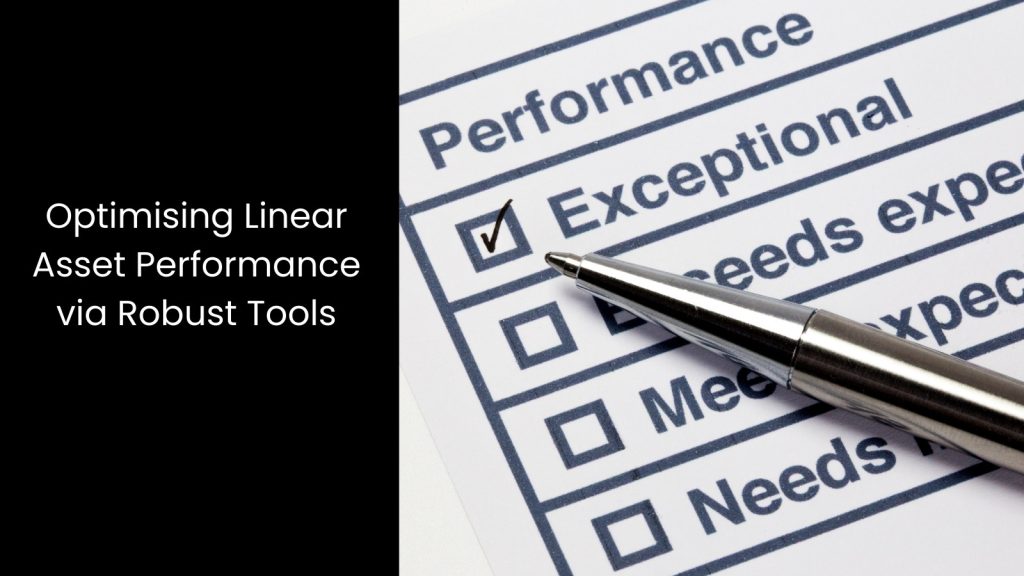
It should not be a dream for the Australian authorities to optimise their linear asset performance to the maximum level. The best way to get this done is to opt for robust tools that offer significant advantages for infrastructure management. These tools enable precise monitoring, timely interventions, and strategic planning. Embracing advanced technologies from an industry expert ensures that assets operate at their best in this Australian landscape.


